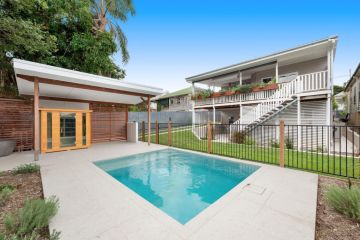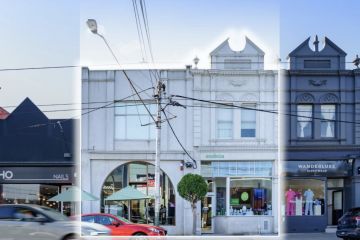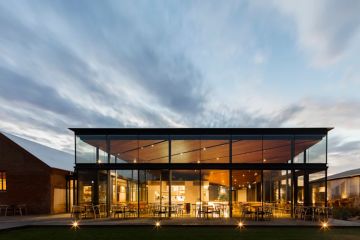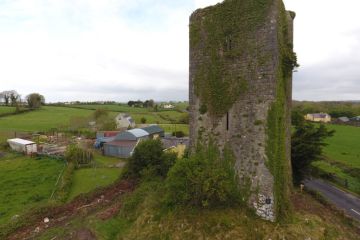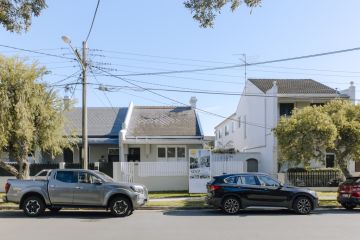Iconic old substation in Launceston saved from ruin in heritage-style makeover
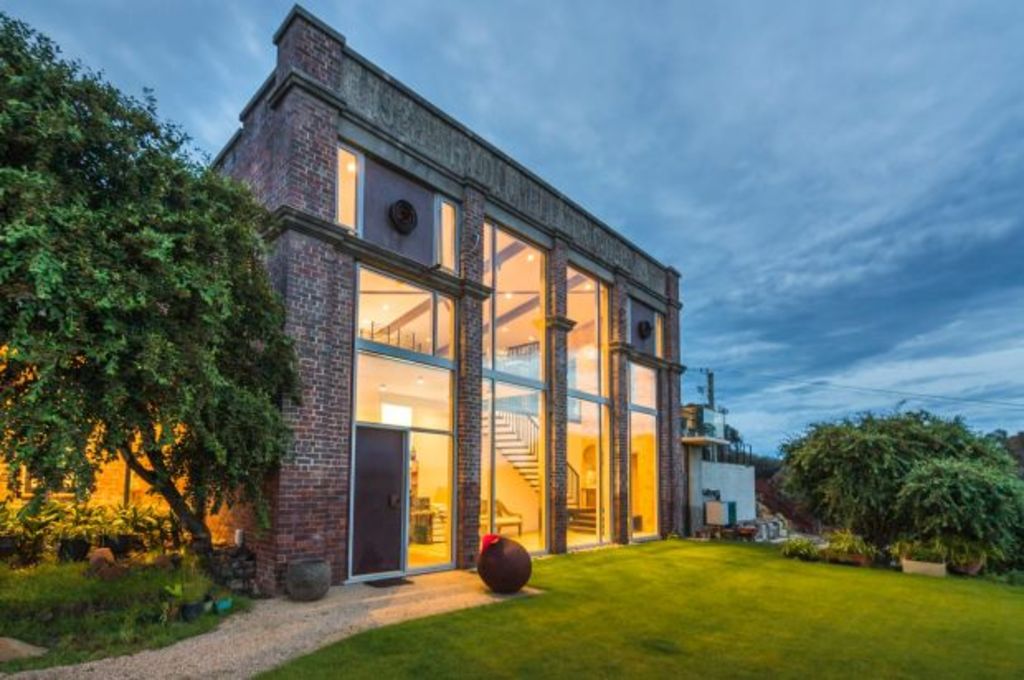
Above Launceston’s crashing Cataract Gorge is the 1922 hydro-electric substation that architect Sam Haberle says can be seen from just about everywhere in the city.
From the old building, you can see over the townscape, the Tamar estuary and across northern Tasmania’s varietal landscapes.
Closed since the 1960s, what the S.Group principal calls “a red-brick, almost neo-classical building from the days when public utility structures actually had some love to them”, the facility had long been in private ownership. However, the building’s leaking roof meant it was heading towards ruin.
Nevertheless, Haberle confesses that, “it was such an iconic building that everyone with kids in Launceston knew it because they trespassed on it”.
Offers to buy it had often been proposed but it wasn’t until the death of the owner – and a deal engineered by Haberle between two interested parties who agreed to subdivide the 4000-square-metre site – that the substation could be restored.
As a result, it was revived as a two-bedroom private house “with a magnificent eight-metre-high volume”.
With the council keen to see something happen with a structure within a special area overlay, and with the architects using “elegant restraint” while inserting a mezzanine floor “that was set back from the front wall so you could experience all that scale”, the repair and re-purposing exercise was a project of balancing modern comfort while maintaining unique character.
Roof height aside, Haberle says it is a relatively small structure of only 100 internal square metres with a skillion roofline. The major fix was to the roof and the brickwork that, in places, had become so precarious “you could have pushed a wall over”.
- Related: Historic neighbourhood retains village atmosphere
- Related: Wildly opulent Dubai project nears completion
- Related: The penthouse atop a Sydney icon
“We got a heritage bricklayer to repair it just as he would have done 100 years ago.”
The project involved removing wooden shutters and installing soaring glass windows in their place, making a polished aggregate concrete floor on the mezzanine as a thermal mass to heat the living-dining-kitchen spaces, and making the access between the two levels a cantilevered run of timber treads to the design of the hands-on owner.
“We tried to keep everything new super simple and super crisp,” Haberle says.
“We didn’t want, or need, to make any statements because the building itself is saying so much.”
Haberle says his busy practice has grown rapidly on the back of national interest in Tasmanian property in the past six years. The work has included “all sorts of residential and office re-purposing”.
His staff “love doing this sort of work because there is so much more to play with than on a greenfield site … And this one was such a cracker.”
We recommend
We thought you might like
States
Capital Cities
Capital Cities - Rentals
Popular Areas
Allhomes
More

